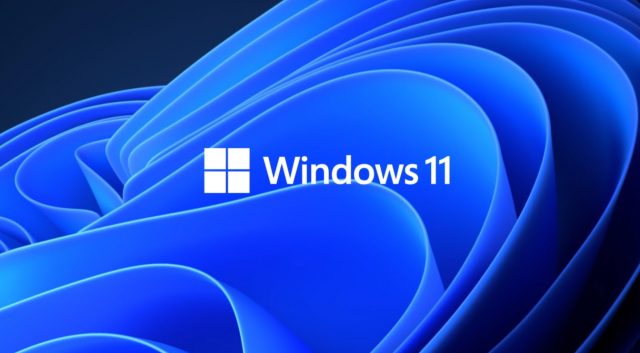Microsoft Testing ‘Unsupported Hardware’ Watermark on Windows 11 Desktop
Microsoft’s approach to Windows has long been to support as many devices as possible, even when they didn’t have the hardware to support an ideal computing experience. Things are different with Windows 11, which has a stringent set of system requirements — if you don’t have a relatively new CPU or a hardware security module, no (official) Windows 11 for you. If you install it anyway, an upcoming version of Windows 11 will nag anyone who circumvented those requirements with an “unsupported” watermark on the desktop.
The watermark is not live in the current official build of Windows 11, so don’t go looking for it on your desktop. It has only just appeared in the new preview version of the OS for Windows Insiders, build number 22000.588. Several Twitter users have been seeing it since last week. The watermark is in the lower right corner, styled like a similar blemish that appears if Windows is not activated. However, this watermark will show up on systems with unsupported hardware even if the OS is activated.
“System requirements not met,” the watermark reads. “Go to settings to learn more.” You could ignore this message if you don’t mind looking at it on the desktop every day. If you visit the settings menu, it will link you to Microsoft’s site to learn more about Windows 11 hardware requirements. However, if you forcibly installed Windows 11 on an unsupported computer, you probably know the requirements very well.

Microsoft requires 4GB of RAM, 64GB of storage, and a 1GHz dual-core CPU. However, that CPU needs to be an 8th gen or newer on the Intel side and Zen 2 or newer for AMD. Systems also need a Trusted Platform Module (TPM 2.0). While Microsoft does not specifically stand in your way if you want to install Windows 11 on unsupported machines, it probably won’t work well. Microsoft says that devices without the right hardware experience more crashes, and they might not receive system updates on time. The company has not yet degraded the patches it offers “unsupported” systems and there is no evidence supporting its crash claims.
For someone who doesn’t know their PC has unsupported hardware, this watermark could be an important clue. Those who know and understand the risks can continue to forge their own path and hide the watermark. You’ll have to modify the registry by changing the value of an entry called “UnsupportedHardwareNotificationCache.” There’s no guarantee Microsoft won’t find another way to shame you later, though. The version with the watermark has reached “release candidate” status, indicating it could come to the public release soon.
Courtesy of: Ryan Whitwam
